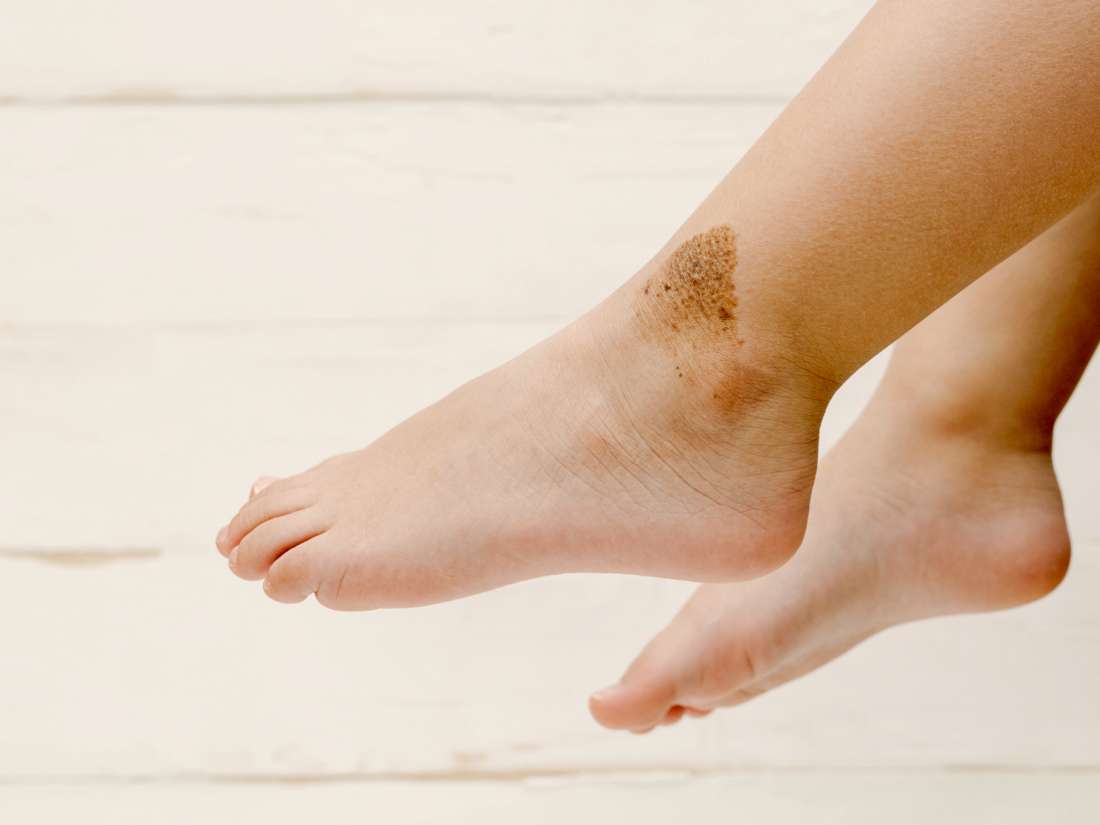
Birthmarks are a common occurrence in infants, with some babies being born with them while others develop them shortly after birth. The question that many parents have is whether babies can develop birthmarks after birth. The answer is yes, babies can develop birthmarks after birth. In this article, we will discuss different types of birthmarks, the causes of birthmarks, and what you can do about them.
Table of Contents
Types of Birthmarks
There are two main types of birthmarks: vascular birthmarks and pigmented birthmarks. Vascular birthmarks are caused by abnormal blood vessels in the skin, while pigmented birthmarks are caused by an overgrowth of pigment cells.
Vascular birthmarks can be further divided into two categories: hemangiomas and port-wine stains. Hemangiomas are raised, red or purplish, and usually appear within the first few weeks of life. They can grow rapidly during the first few months but usually shrink and disappear by the age of 10. Port-wine stains are flat, pink or red, and usually appear on the face. They do not go away on their own and may require treatment.
Pigmented birthmarks can also be divided into two categories: moles and café-au-lait spots. Moles are dark, raised spots that can vary in size and shape. Café-au-lait spots are flat, light brown spots that can vary in size and shape.
Causes of Birthmarks
The exact cause of birthmarks is not known. However, it is believed that some birthmarks are inherited while others are not. Vascular birthmarks are thought to be caused by abnormal blood vessels in the skin, while pigmented birthmarks are caused by an overgrowth of pigment cells.
Certain factors may increase the likelihood of a baby developing a birthmark. For example, babies who are born prematurely or have a low birth weight may be more likely to develop a birthmark.
What You Can Do About Birthmarks
Most birthmarks do not require treatment and will fade on their own over time. However, some birthmarks may require treatment if they are causing cosmetic concerns or are affecting the baby’s health.
Treatment options for birthmarks include laser therapy, surgery, and medication. Laser therapy is often used to treat port-wine stains, while surgery may be used to remove moles or other types of birthmarks. Medication may be used to treat hemangiomas that are causing health problems such as bleeding or ulceration.
If you are concerned about your baby’s birthmark, it is important to speak to your pediatrician. Your pediatrician can examine the birthmark and determine whether it requires treatment.
Frequently Asked Questions
Q: Can birthmarks be a sign of a medical condition?
A: In some cases, birthmarks can be a sign of a medical condition. For example, some types of birthmarks may be associated with an increased risk of certain cancers.
Q: Can birthmarks be removed?
A: Yes, some birthmarks can be removed using laser therapy, surgery, or medication.
Q: Are all birthmarks present at birth?
A: No, some babies develop birthmarks shortly after birth.
Q: Do birthmarks cause any health problems?
A: Most birthmarks do not cause any health problems. However, some birthmarks may require treatment if they are causing health problems such as bleeding or ulceration.
Q: Can birthmarks be prevented?
A: There is no way to prevent birthmarks from developing.
In conclusion, babies can develop birthmarks after birth, and there are different types of birthmarks that can occur. While most birthmarks do not require treatment and will fade on their own over time, some may require treatment if they are causing cosmetic concerns or are affecting the baby’s health. If you are concerned about your baby’s birthmark, it is important to speak to your pediatrician.
